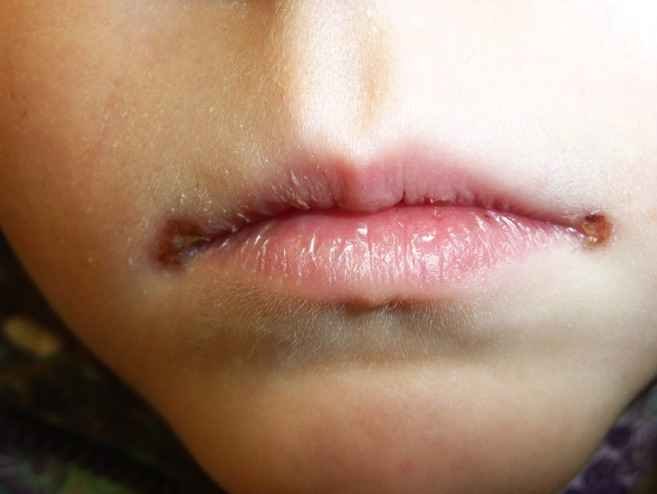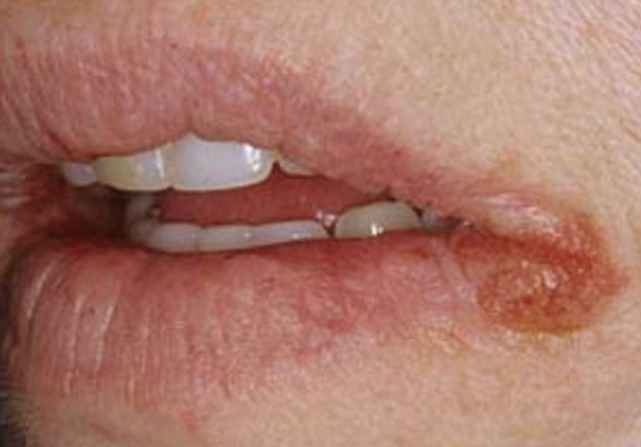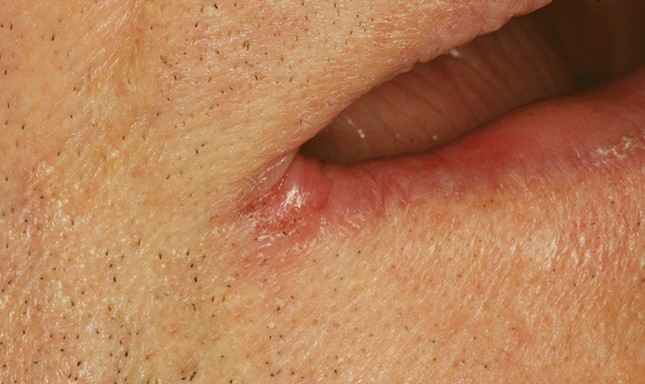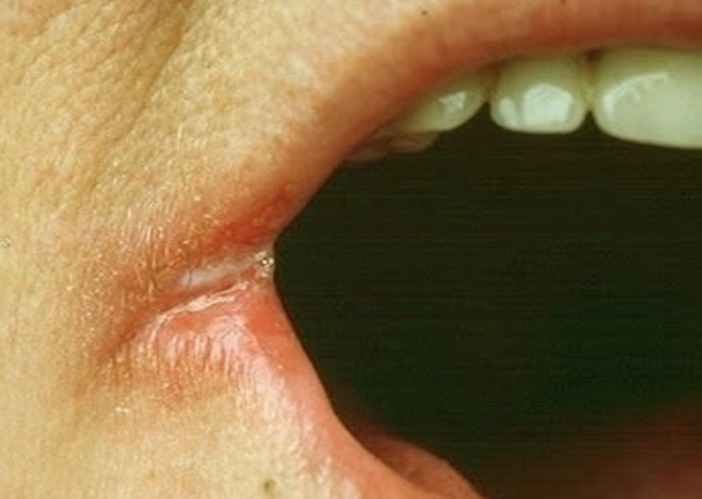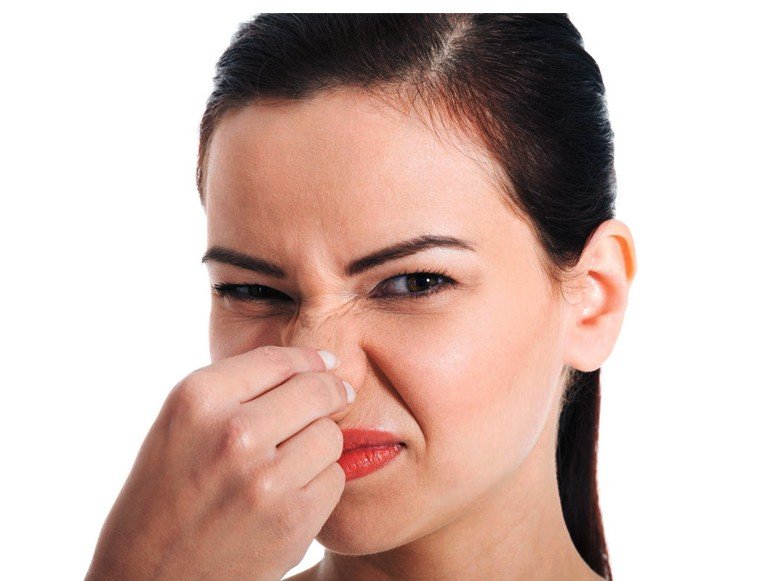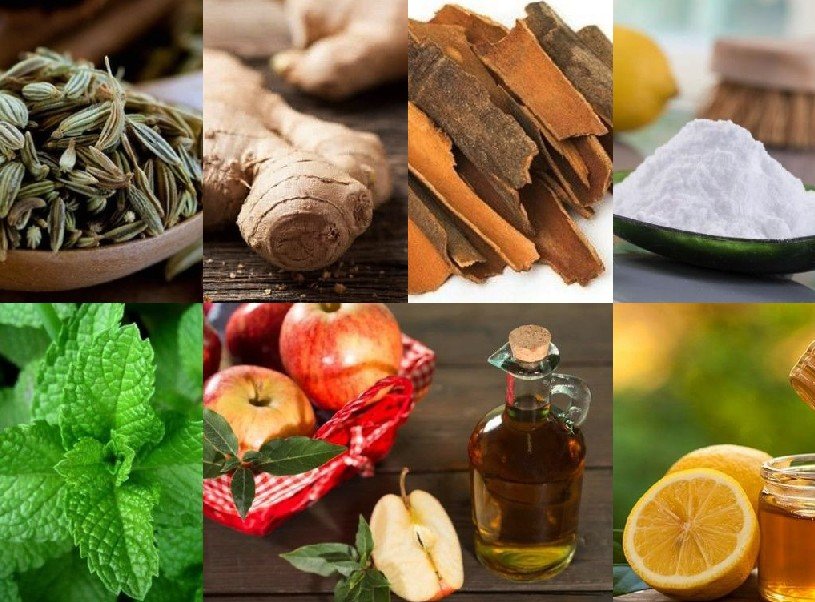Hemoptysis
Hemoptysis is simply that condition that causes a person to cough up blood from the lungs. Hemoptysis can be a sign of a medical condition that is serious. Problems in the blood vessel, cancer as well as infections could be responsible for the problem. In addition, hemoptysis can be caused due to nosebleed and it may come out as only blood or a mixture of blood with phlegm. Hemoptysis will generally require some medical examination except if the cause is due to bronchitis. However, the symptoms can be confusing at times especially with coughing of blood from the stomach instead of the respiratory system.
Symptoms of Hemoptysis
Hemoptysis is scary in the first instance since it has to do with coughing of blood. This is the first indication that all is not well with the internal body system. However, there are a lot of symptoms that may indicate that something is seriously going wrong and require medical emergency. The symptoms include situations where hemoptysis keeps reoccurring with time, fever, night sweat, unexpected weight loss, chest pains and losing breath in activities that should never exert energy. Whatever the case, any symptom of hemoptysis should be taken seriously and it is best to see a medical practitioner as soon as it observed.
Hemoptysis Causes

The reality is that there are a whole lot of causes of hemoptysis and the job of the experts will be to pinpoint the exact cause of it. There are times when no cause is identified. However, the most important or most common among possible causes is known to be acute bronchitis. It is important to note that bronchitis is said to have become acute when it has become swollen or inflamed. Note that these cases may clear by itself but also has the tendency to lead to other serious conditions. Another popular cause is the bacteria infection of the lungs known simply as tuberculosis. Having said that, below are the list of other possible causes of hemoptysis.
- Cigarette smoking
- Cystic fibrosis
- Trauma that happens as a result of an accident
- Use of crack cocaine
- Autoimmune disorder
- Congestive heart failure
- Pulmonary embolism
- Pneumonia
- Parasitic infection
- Benign tumors in the lungs
- Using blood thinners and other medications
- Lung cancer
- Bronchiectasis
- Chronic obstructive pulmonary disease COPD
- Presence of a foreign body in the lungs
- Chronic inflammatory conditions
It is also important to note that bleeding outside the airways and lungs is capable of causing hemoptysis. While nosebleed and vomiting blood from the stomach may not cause hemoptysis directly but can indirectly lead to it since blood could be drained into the windpipe and appear as hemoptysis.
Diagnosis
There are a lot of causes of hemoptysis and this makes the diagnoses tricky at times. However, the first step to diagnosing hemoptysis is to carry out some physical examination and also review the medical history of the patient. Other ways to diagnose it include the following:
- Chest X-ray: What the x-ray does is to see if there is a congestion of the lungs, area of the fluid or even mass in the chest
- CT Scan: A CT scan will have the ability to pinpoint some of the causes of hemoptysis
- Complete Blood Count: This test simply looks at the number of red and white blood cell along with the cells that could help the blood to clot.
- Bronchoscopy: This is a process where a small tube attached to a camera is fed through the mouth into the lungs. What the camera does is simply to capture the source of the bleed from the inside
- Coagulations Test: this kind of test tries to see what contributes to the bleeding
- Pulse Oximetry: A kind of test that checks the oxygen levels in the blood
- Urinalysis: The tries to check if there are abnormalities in the urine because some causes of problems with simple urine can also cause hemoptysis.
Treatment
Diagnosis of hemoptysis is the first step and once done, the most important thing that follow is always to stop the bleeding. However, stopping the bleeding is not just the only thing, it is expected that the cause is found and the affected person does not in any way suffer breathing problems. Having said that, the various treatment options include:
Bronchial Artery Embolization
This type of treatment is made easy by the use of technology. For example, a catheter is passed through the legs to the artery that is known to supply blood to the lungs. This time a dye is injected and the arteries are being watched on the screen. With this, the source of the bleeding is immediately identified. To get it treated, a metal coil is then used to block the artery.
Surgery
When the condition gets so severe, then a surgery option might be needed. What the surgery will do is to remove a lung. Surgery should be the last resort when hemoptysis becomes too severe and extremely dangerous.
Bronchoscopy
This can be used to treat a case of hemoptysis. In this case, a balloon which is inflated inside the airways will have the capacity to stop the bleeding.
It is important to note that whatever treatment chosen should be able to address the main reason for it in the first place. Other treatment options available for this condition include steroids which is good for any inflammatory condition, chemotherapy for lung cancer and antibiotics mainly for tuberculosis or Pneumonia. One thing you must note that is that all these treatments would come with its own side effects and that is why it is important to consult the doctor for proper diagnosis and right treatment.
Hemoptysis vs Hematemesis
Do not confuse hemoptysis with hematemesis because they are different. While hematemesis is vomiting of blood which normally comes from the upper gastrointestinal tract, hemoptysis is the coughing of blood. Hemoptysis normally affects the throat while hematemesis affects mainly stomach causing an upset.
There are other differences between the two especially in terms of blood color. For instance, the blood for hemoptysis is usually bright red while in hematemesis it is dark red.


 The main cause of black blood in the body is due to low blood oxygen levels. This occurs especially when there are few or inadequate red blood cells in the body that can carry oxygen to several organs and tissues in the body. There is also a situation where fluid buildup in the lung sacs. It is important to note that as fluid continues to accumulate, the amount of oxygen reaching the blood becomes less. This will lead to black blood if an injury occurs during this situation.
The main cause of black blood in the body is due to low blood oxygen levels. This occurs especially when there are few or inadequate red blood cells in the body that can carry oxygen to several organs and tissues in the body. There is also a situation where fluid buildup in the lung sacs. It is important to note that as fluid continues to accumulate, the amount of oxygen reaching the blood becomes less. This will lead to black blood if an injury occurs during this situation.




